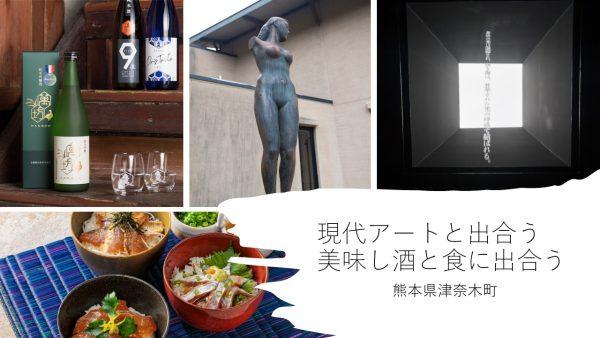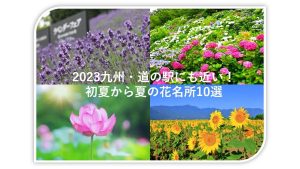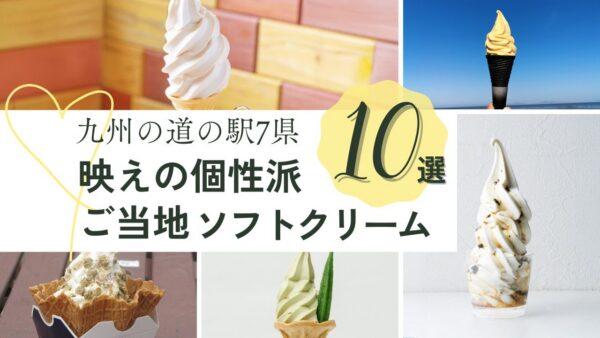Hozokuke Honke Fushunkan
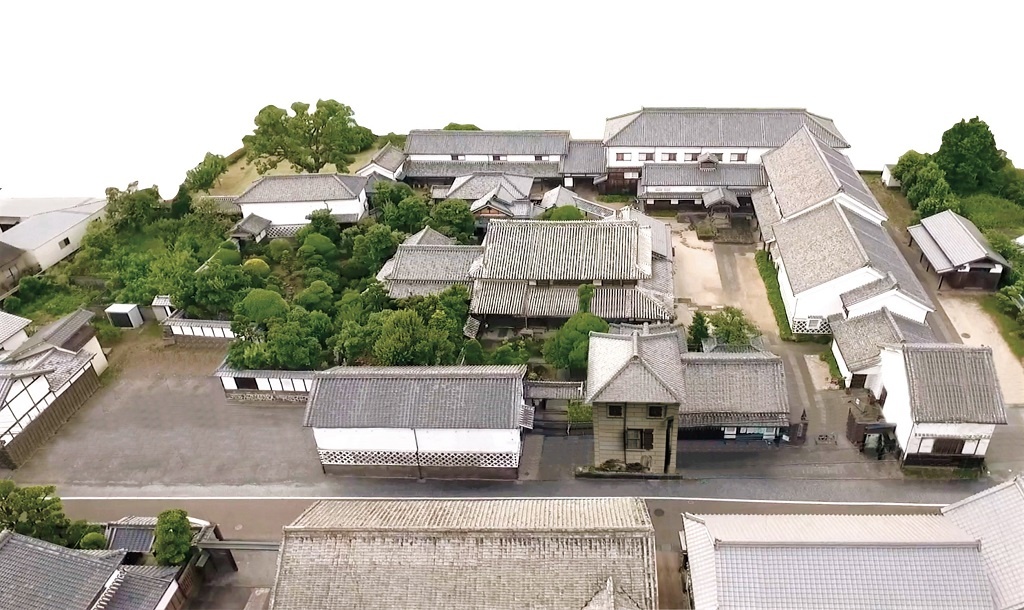
450 years of history to be passed down to the present and preserved for the future.
Visit Hozoku Honke Fushunkan, a place of cultural fragrance and relaxation.
About 10 minutes south of the Oita Mitsuyoshi Interchange on the Oita Expressway, on National Route 10, the ruins of a magnificent sake brewery stand off the national highway in a residential area. This is the Hozoku Honke Sake Brewery. The area around the brewery is Hetsugi Honmachi, an area along the old highway where the Hosoku family served as village headman. The 15th generation head of the family and his wife welcome visitors to their old house as a salon for food and culture.
Cultural Salon of Grand Sake Brewery and Literary Figures
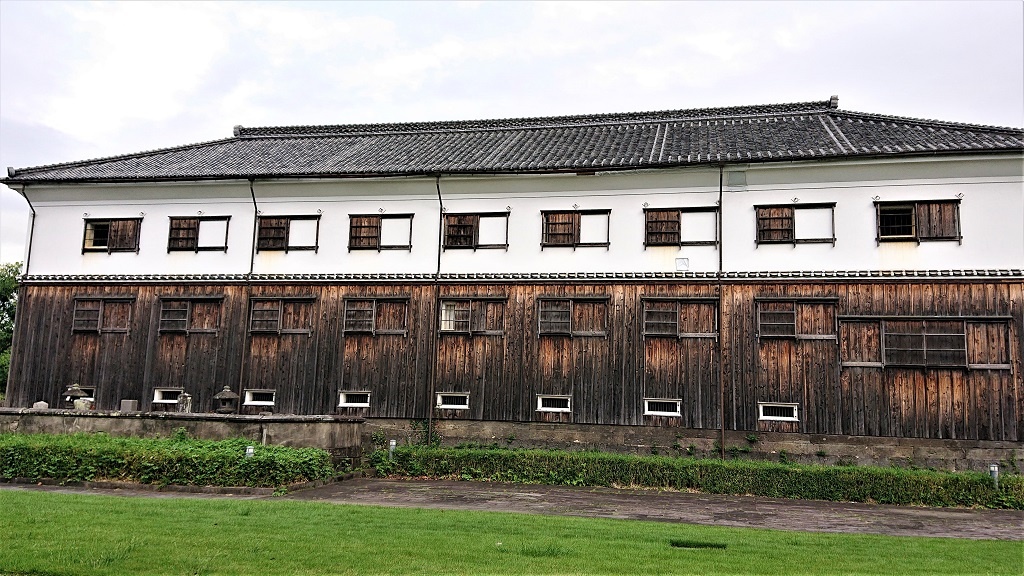
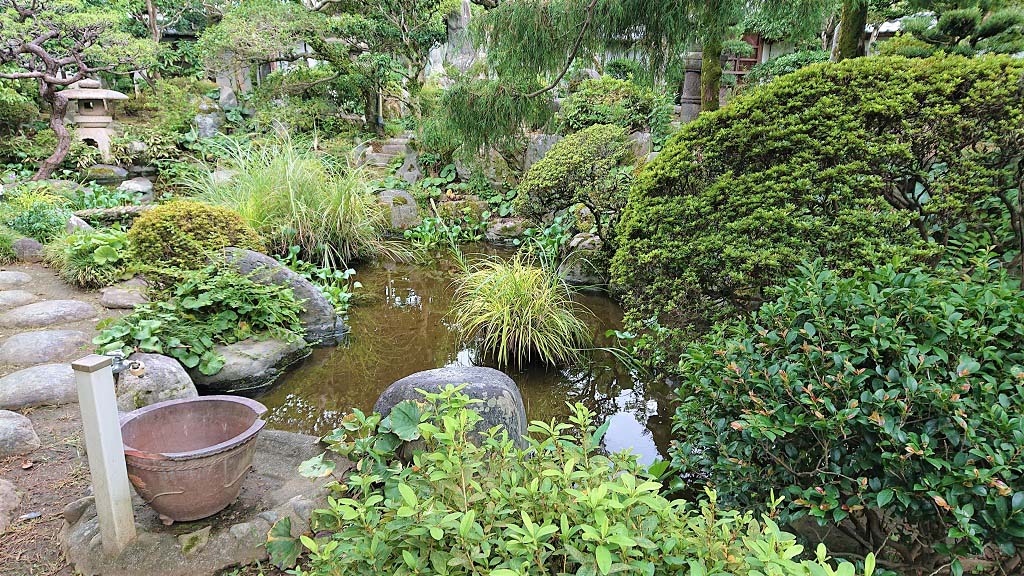
The Hozoku family owns a vast estate of approximately 2,000 tsubo (approximately 1,000 square meters). The brewery closed down in 1972, and the brewery was donated to Oita City for preservation, but the main house and warehouse on the property remain as they were in the past. The Hozoku family settled in Toji in 1568, which means that the history of the family dates back nearly 450 years, but the family lineage goes back even further, to the 12th century. The family formed a master-servant relationship with the Otomo clan and became a brewer in addition to farmer in this area. In the Edo period (1603-1867), the family also served as the headman of the Inaba clan, the feudal lord of Usuki.
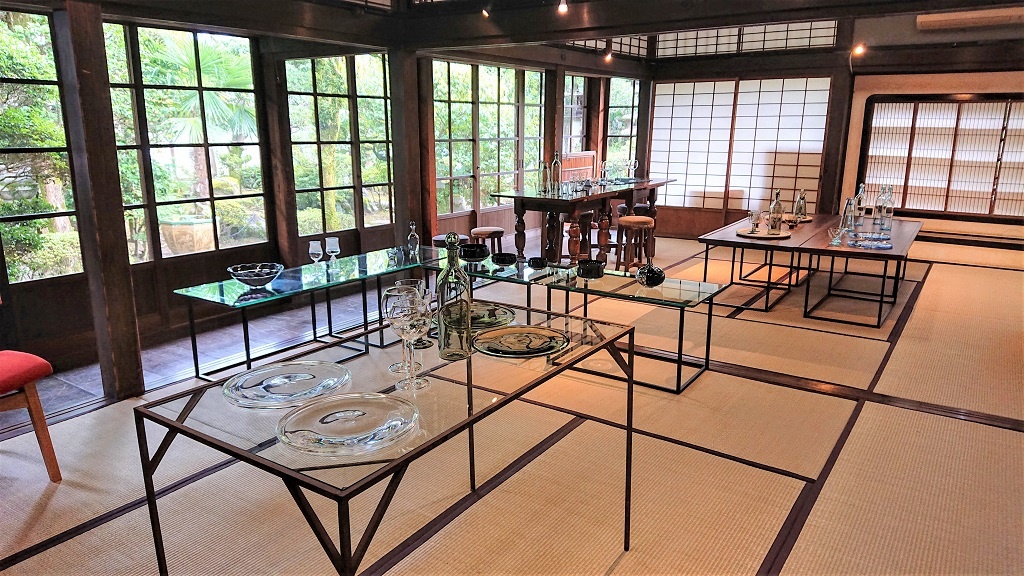
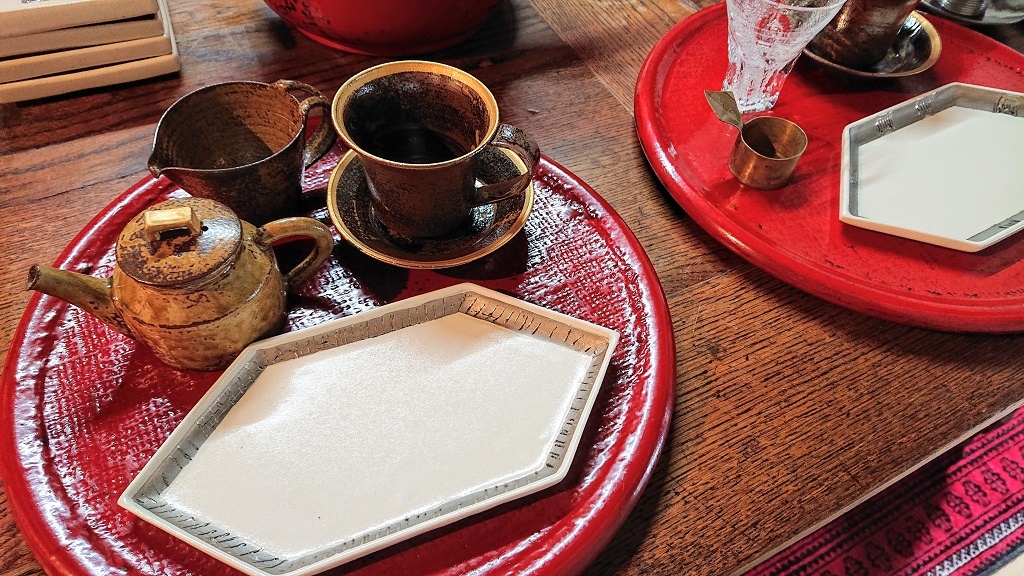
It was March 2000 when Koichiro and Megumi Hozoku, the 15th generation of the Hozoku family, returned home and began to preserve and utilize this Hozoku house. Megumi, who serves as general manager, says, "When I thought about putting a breeze into an unopened house and starting a new business, I wanted to put my specialties of clothing, food, and shelter. This commitment is related to the history of the main building, which bears the name "Fushunkan.
The "Fushunkan" was built in 1863, the first year of Keio. The entrance is equipped with a "ceremonial platform" for the palanquin of the feudal lord, indicating that the Hosoku family was allowed to have the appearance of a samurai family even though it was a merchant family. Even before that time, many writers and artists, including the famous painter Tanomura Chikuden, frequented the house, making it a cultural patron and a cultural salon of the Edo period. In fact, the museum houses the works of Tanomura Takeda and others (most of which are now consigned to the Oita Municipal Museum of Art), and the Hozoku family has also produced a number of literati painters.
In order to make this a contemporary cultural salon, Megumi has selected works by artists from all over Japan to be exhibited as well as sold. She says, "I want to convey the warmth of handcrafted glassware, ceramics, hand textiles, dyed goods, and other items that have a 'beauty of use' in our daily lives and are made of natural materials. On average, the exhibition is held more than 20 times a year, replacing works by artists from all over the country.
Natural healing power and food as it should be.
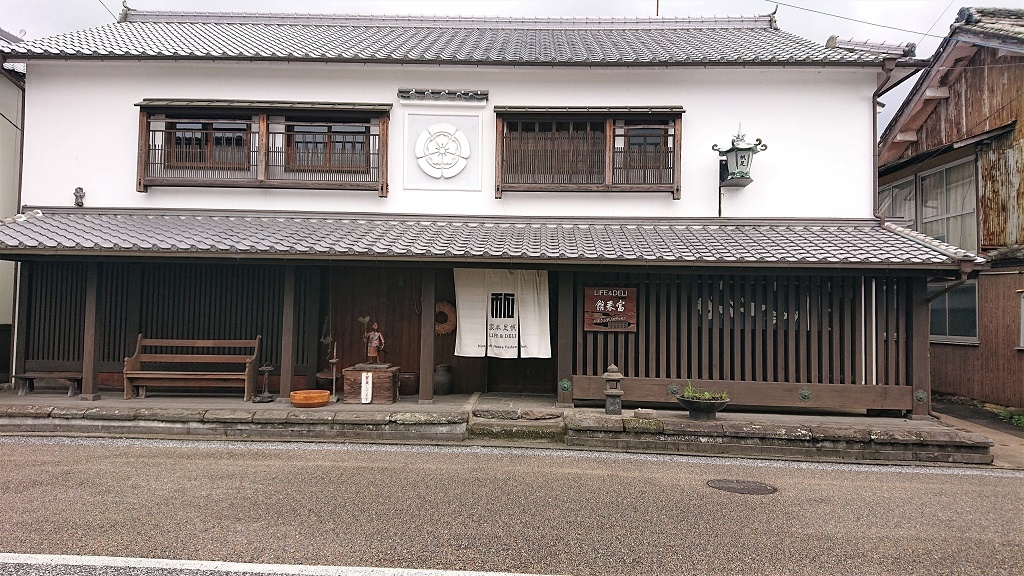
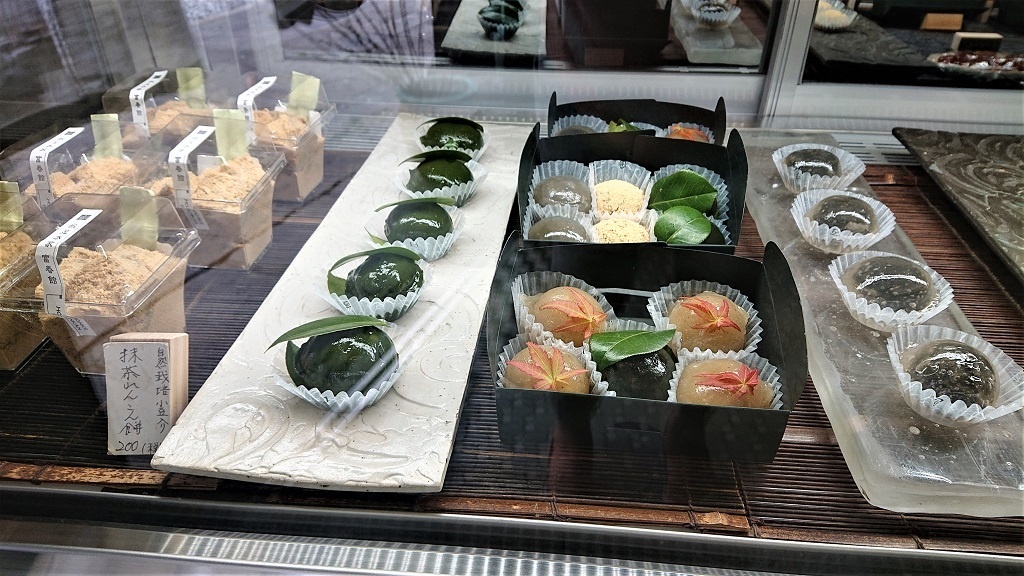
Megumi's commitment to "food" is also evident throughout the building. The warehouse across from the main gate is "LIFE & DELI Fushunkan," which sells food products. The storehouse across from the main gate is "LIFE & DELI Tomishunkan," which sells fermented foods such as miso, soy sauce, and moromi pickles, not only from local markets but from all over the world. Koichiro's goal is to provide fermented foods that are good for one's health. Koichiro serves customers in a calm tone of voice and allows them to taste the products. The store also offers original confections such as cookies made from "Bekki burdock root," a specialty of Totsugi.
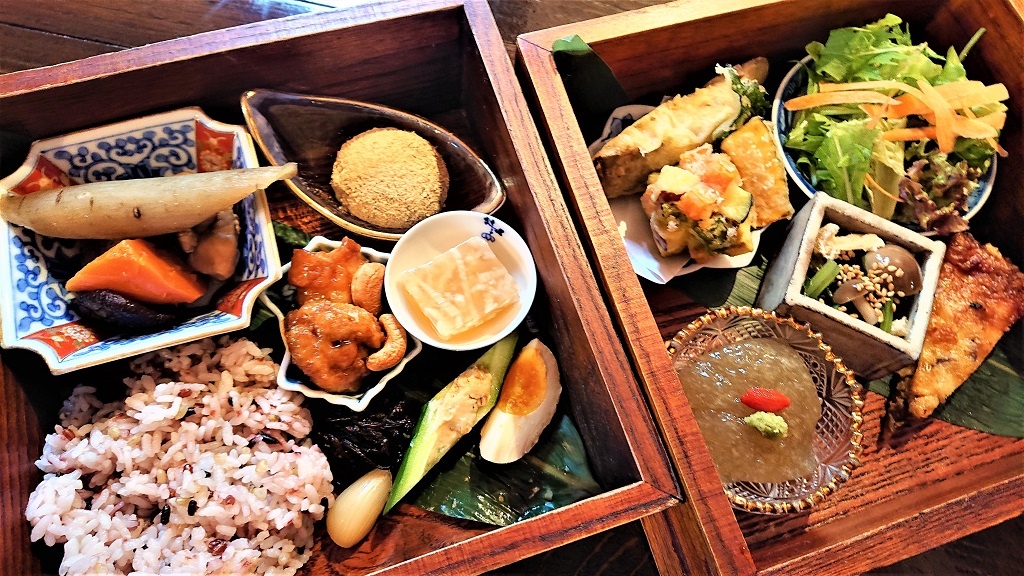
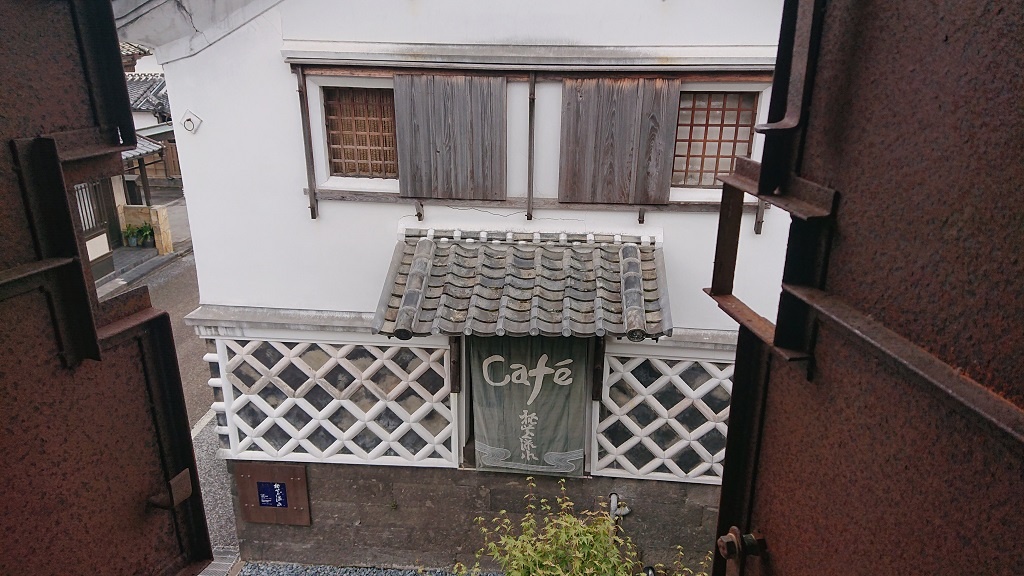
In fact, there is also a confectionery shop, Ichirakuan, which was converted from a warehouse used to ship sake, and its small storefront is tastefully lined with Japanese confectionaries. The rare lotus root rice cake is a regular item. The moist and smooth texture, similar to kuzumochi (kudzu rice cake), is a favorite among women. It makes a great souvenir. The Western-style building next door is the "Restaurant Momohana Ryusui. Built in 1916, it is the only Western-style building in the Hozoku family, and although small in scale, it retains the atmosphere of the good old days. The "burdock root bento" is the main ingredient here. The two-tiered box is filled with burdock tempura, burdock chikuzen stew, and burdock quiche. The dressing and other ingredients are said to be homemade. The rice is a cereal consisting of black, red, green, and aromatic rice from the Kunisaki Peninsula.
Burdocks and fermented foods, organic, pesticide-free and pesticide-reduced, are the source of our vitality," says Megumi. Now is the time for food that boosts the immune system on its own," says Megumi. Naturally, she also emphasizes traditional Japanese cooking methods, such as using dried bonito flakes and kombu kelp to make a good dashi broth.
I found myself staying longer than I expected. But that is because it is comfortable. Hozoku Honke Fushunkan is the perfect place for an adult's trip.
Hozoku Honke Fushunkan
| name | 4381 Nakatoji, Oita City, Oita Prefecture ☎ 097-597-0002 |
|---|---|
| Business Hours | Confectionery 10:00-17:00, Restaurant 11:00-15:00, Gallery and Souvenir Shop 11:00-17:00 |
| regular closing day | Monday and Tuesday (open on national holidays) |
| supplementary information | Related URL:. https://www.hoashi-honke.com/ |

